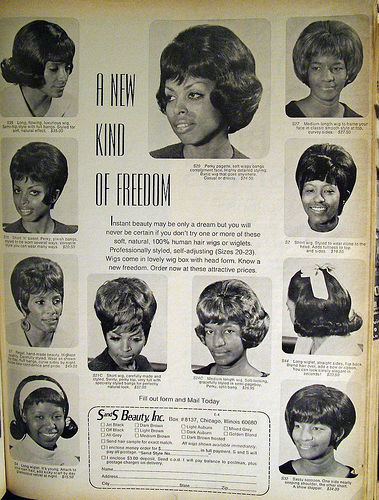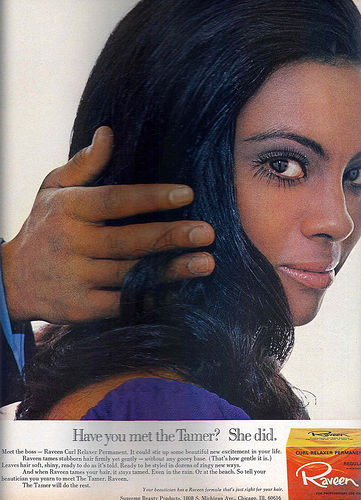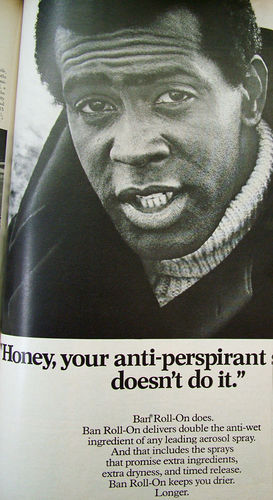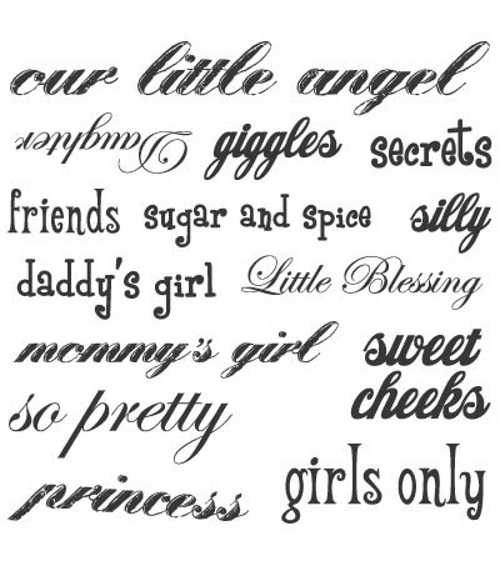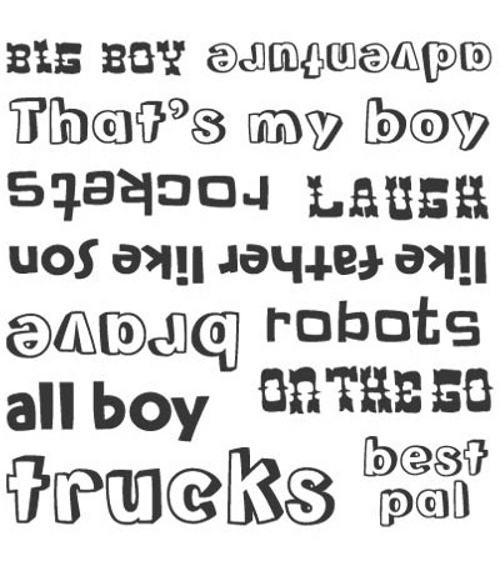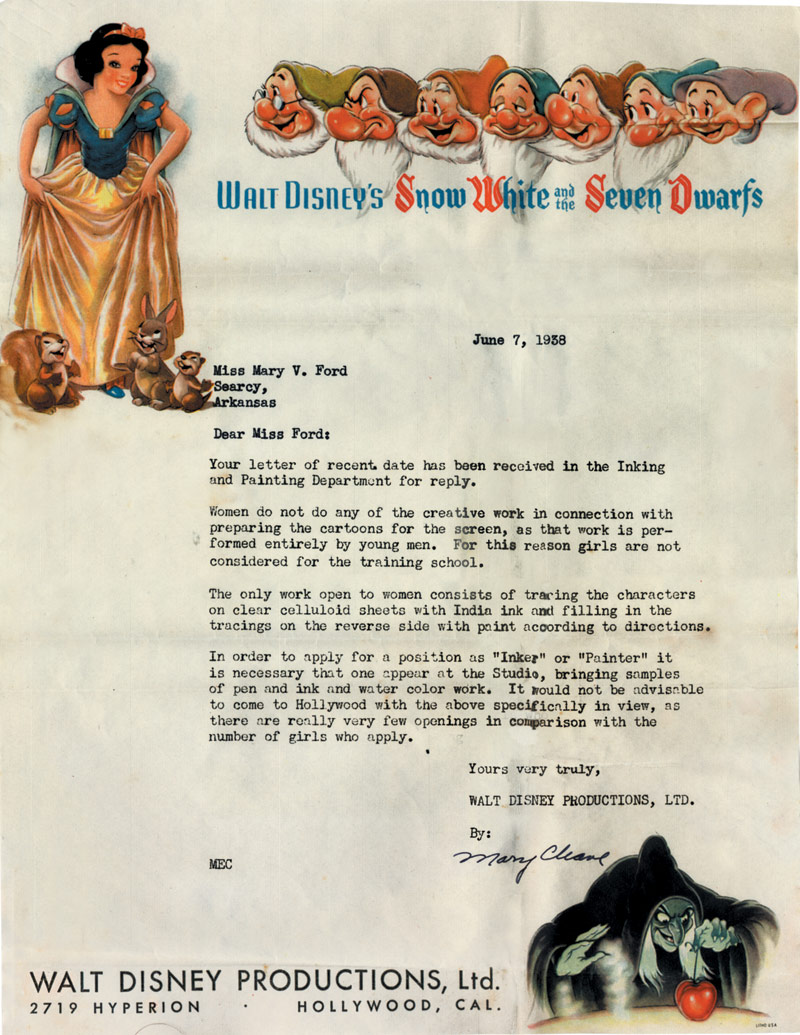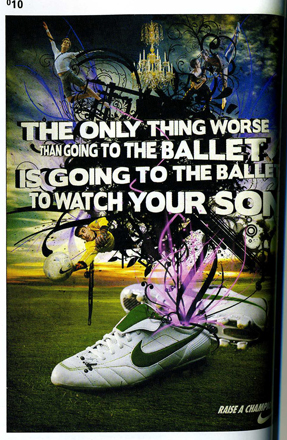This commercial hints at the femininity of a driver who is not driving a Chevy Silverado truck. Discourses of masculinity and femininity are pretty common in advertising, but notice that all the spokesperson (Howie Long, Hall of Fame football player and all-around manly tough guy) has to do is hint at it here:
[youtube]http://www.youtube.com/watch?v=cagPZOAtZp4[/youtube]

